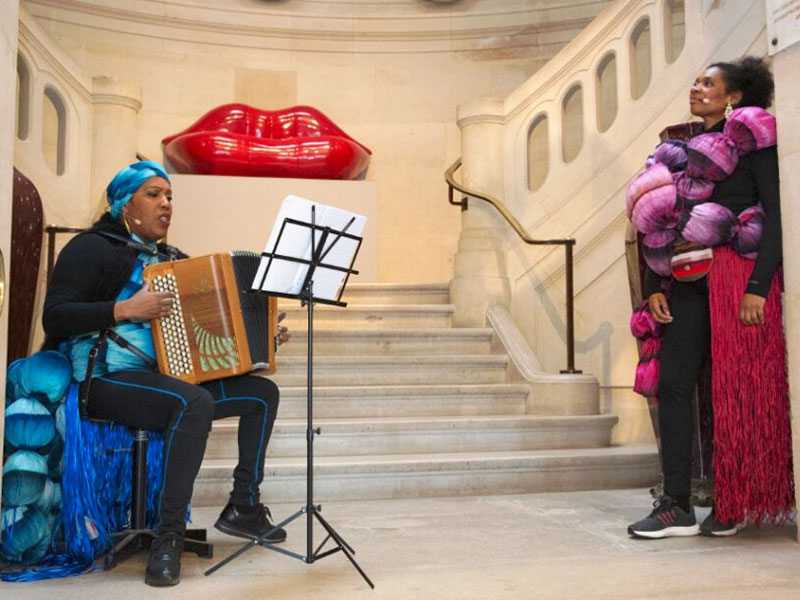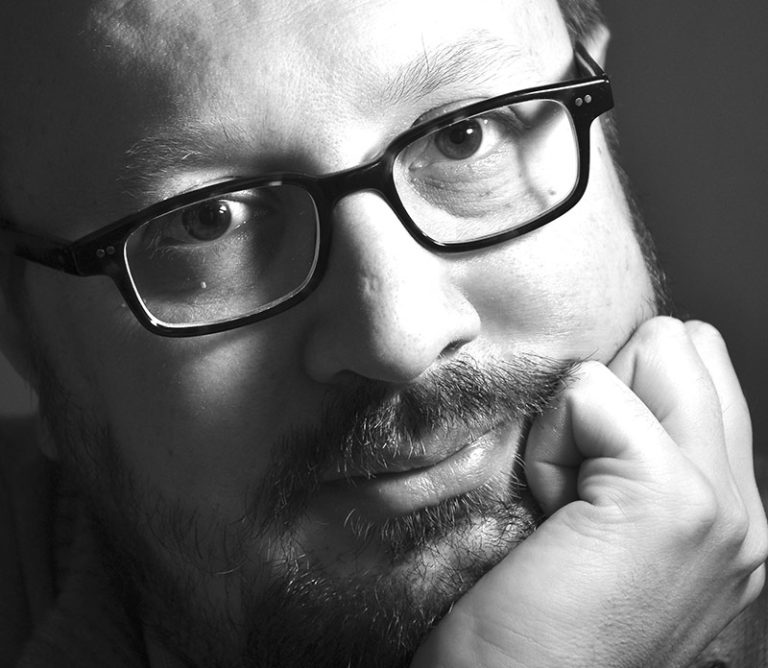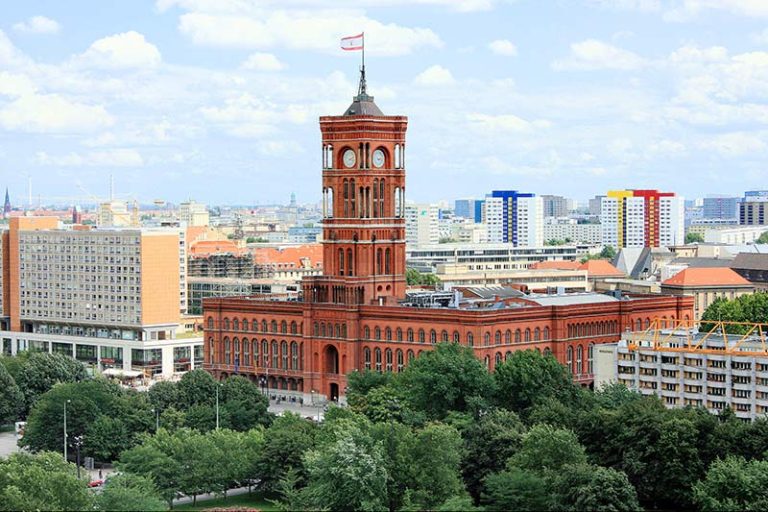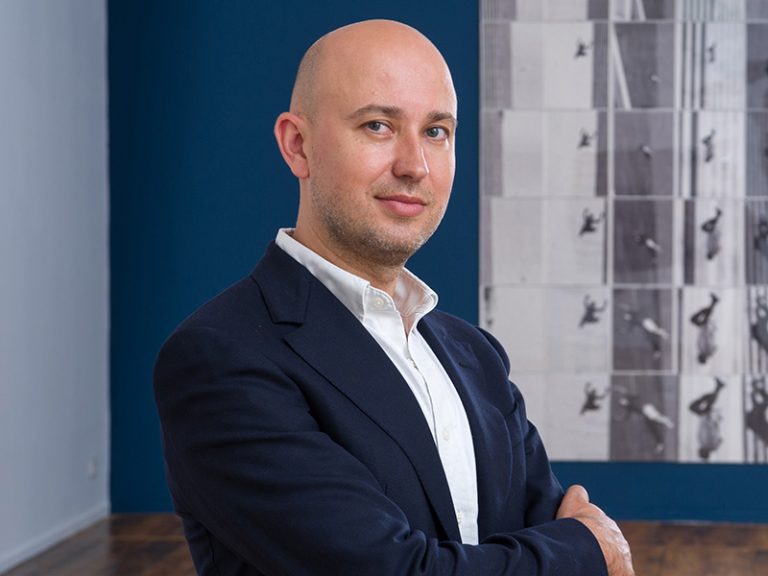Ile-de-France. Culture is part of the skills of the Greater Paris metropolis, and for the Paris 2024 Cultural Olympiad, the intercommunality wanted an event with high visibility that covers the entire Île-de-France. Inaugurated on May 4 at the Cité de la Ceramique (Sèvres), La Métropolitaine brings together thirteen cultural places, several of which are part of the TRAM network (contemporary art network in Île-de-France which brings together 34 cultural places). It was at the request of Greater Paris that TRAM led the organization of the festival, as Stéphanie Chazalon (co-president of TRAM and director of the Institute of Islamic Cultures) explains: “The initiative comes from the Greater Paris metropolis, which had been a partner of TRAM for the Nuit blanche. The metropolis wanted an event across the entire territory dedicated to the visual arts, with a creative rather than heritage vision. » The programming in the La Métropolitaine locations highlights current creation with a contemporary art and performance orientation: at the Ateliers Médicis (Clichy-sous-Bois), Neïl Beloufa presents immersive works on youth and sport, and at the MAC VAL, Marina De Caro (Argentina) offers workshops and performances on the theme of the body. In total, more than a hundred French and international artists participate in La Métropolitaine, which probably makes it “the biggest event of the Cultural Olympiad”, according to Pierre Martinez, head of the Paris 2024 Cultural Olympiad. The latter, however, did not specify the budget for the event, the financiers of which are mainly Greater Paris, the Île-de-France region and the State. Grand Paris has also not provided the figures for the budget of La Métropolitaine, nor those of its financial participation, limiting itself to saying that the intercommunality participates “to the tune of 7 million euros for the entire Cultural Olympiad”.
A 360° event
If the cultural places have not developed a common program, the exhibitions and events respond to each other: the body, the effort, the disability, the rules of the game are themes shared by several La Métropolitaine projects. This is explained by the desire to maintain a certain consistency. A “transversal” project by the artist Maxime Rossi (born in 1980) in the form of an opera links the thirteen locations with performances and workshops in each location alternately: the project was selected by a mixed artistic committee where members of TRAM and the metropolis sit. Stéphanie Chazalon also specifies that “ the governance of the festival is horizontal, with representatives of Greater Paris and members of TRAM management in the team responsible for the projects.” The TRAM network shares with Greater Paris the desire to make La Métropolitaine a “popular and participatory” event, hence the free admission of all exhibitions and activities. The department of Seine-Saint-Denis is in the spotlight with four participating locations to attract audiences who are reluctant to attend exhibitions. Note that with the exception of the Cité Internationale des Arts, the venues of La Métropolitaine are located in the suburbs, a desire of the organizers to open up cultural venues outside Paris and to encourage “the circulation of the public”, according to Stéphanie Chazalon. This specifies that TRAM now welcomes places beyond Île-de-France and Greater Paris, always in the spirit of networking art professionals. She adds that “TRAM is a network structured as an association 1901 and financed by the DRAC and the Île-de-France regional council. He is not a cultural operator”. But the co-organization of La Métropolitaine by the network revives the ambitions of the members. Stéphanie Chazalon evokes “ the desire to reconnect with concerted programming between member places” Like in the past. The Métropolitaine therefore gives TRAM an internal dynamic and positions Greater Paris as a major player in the region's cultural policy.







